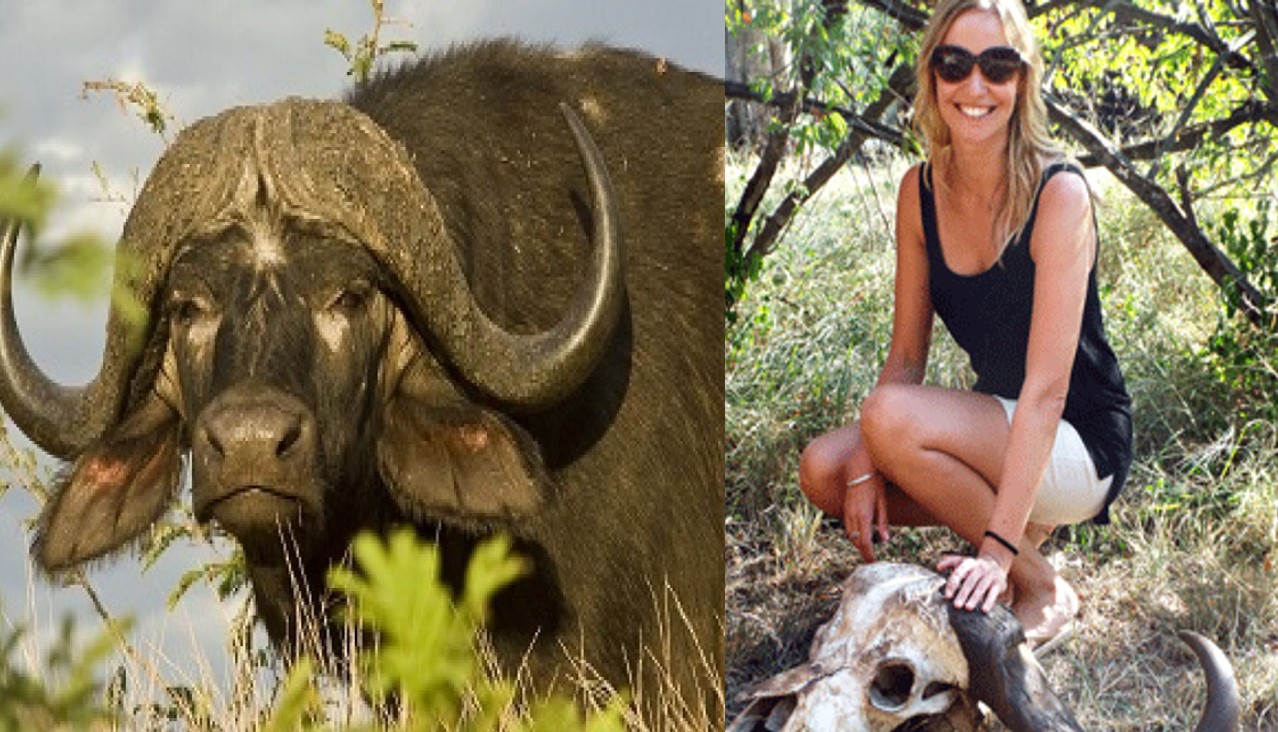Doctoral study can help prevent spreading of bovine TB in African buffaloes
A researcher at Stellenbosch University (SU) has found an innovative way to diagnose bovine tuberculosis (TB) in African buffaloes and identify infected animals more accurately and rapidly. This can help to prevent the spread of the disease in one of the continent’s most iconic and high-valued species.
“It is essential to diagnose bovine TB quicker and to accurately identify infected buffaloes early because these animals keep the disease-causing bacteria in the ecosystem, which can cause infection of other species such as lions, wild dogs, rhinos, elephants, and antelopes,” says Dr Charlene Clarke from the DST/NRF Centre of Excellence for Biomedical Tuberculosis Research in the Faculty of Medicine and Health Sciences at SU.
“This could negatively impact wildlife tourism, the economy, and conservation programmes,” cautions Clarke, who obtained her PhD in Molecular Biology last week at one of SU’s March graduation ceremonies.
For her doctorate, Clarke combined molecular and immune-based tests to help improve the diagnosis of bovine TB in buffaloes. She says current strategies to eradicate bovine TB require the testing of animals, followed by the culling of infected animals.
As part of her study, Clarke collected tissue and swab samples from the mouths and noses (oronasal) of infected animals while they were immobilised. She also collected oronasal swabs from buffaloes that tested negative for bovine TB. These swabs also allowed her to identify and characterise non-tuberculous mycobacteria (NTMs) species in buffaloes. All the swab samples were stored in a medium that inactivates all pathogens and stabilises the DNA, thereby rendering them safe to handle.
Clarke then used these inactivated samples together with a human TB diagnostic test to detect the presence of Mycobacterium bovis DNA in buffaloes. M. bovis causes bovine TB in wildlife and livestock species. She says her study is the first to combine these methods for the detection of bovine TB in buffaloes.
“We found that the combined use of swab samples, stored in a pathogen inactivating medium, and the test used to diagnose TB in humans made it possible to accurately and rapidly identify M. bovis-infected buffaloes, while ensuring the safety of the humans who handle samples that potentially contain zoonotic bacteria.
“We further found that there is a great diversity of NTM species present in buffaloes, some of which seem to cause false positive bovine TB test results in these animals. The wide diversity of NTMs in buffaloes identified in this study provides a foundation for further research to investigate their role in wildlife bovine TB diagnostic testing and host immune responses.







